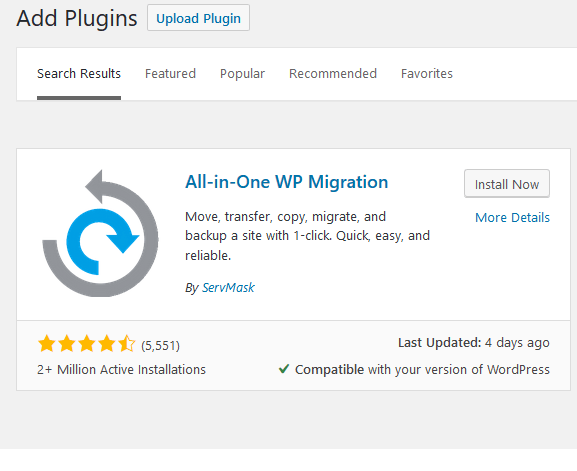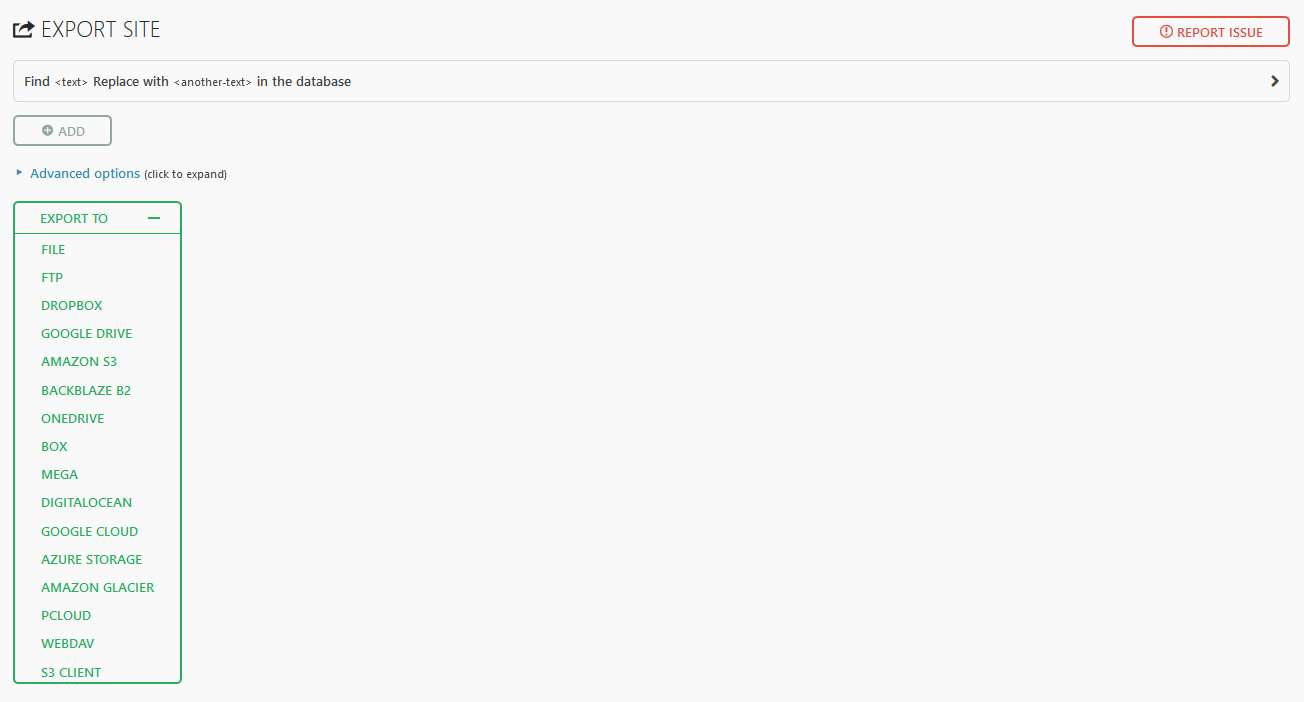Keeping backup of your Website time to time is always a good idea… as you never know, what may can happen … and in the time of emergency.. this backup can save your day :).
And WordPress as we all know is considered as one of the most popular CMS around the world, also Considering that the number of total active websites is estimated at over 172 million according to a survey published by netcraft, that means that around 75,000,000 websites are using WordPress right now — with around half of those sites (37,500,000) being hosted on the WordPress.com shared hosting installation. This means that around 20% of all self-hosted websites use WordPress, which is still huge.
So via this article, we gonna show how to create a backup of your entire WordPress website without using FTP or C-panel .
In this article we gonna use All-in-One WP Migration Plugin
So here we go :-
First Using All in One WP Migration
- After login to your Website Dashboard
Goto Plugins —–> Add New

- After Click on Add New —–> Search for All in One WP Migration in the search box

After this Click on Install Now Button to install the Plugin —- > After that Click on Activate button

- After activating the plugin —-> You can see access plugin from the left sidebar of your wordpress website …

After that Click on Export —-> and choose desired output for the back up —> in our case, we choose export to File
 After that plugin will start the process of exporting
After that plugin will start the process of exporting

Now Download the file created by the plugin

Its all done
And in Case of importing the above downloaded backup
1 . Simply goto All in one Wp migration page click on Import

and as you can see in the screenshot simply drag and drop the downloaded backup file … 🙂
Note : Max upload file size in some webservers is limited to 28 mb … you can increase the limit via
1- Adding these lines to theme’s functions.php
@ini_set( 'upload_max_size' , '64M' );
@ini_set( 'post_max_size', '64M');
@ini_set( 'max_execution_time', '300' );
or
2 – Create or Edit an existing PHP.INI file
upload_max_filesize = 64M
post_max_size = 64M
max_execution_time = 300
or
3 – By modifying the .htaccess file in the root directory
php_value upload_max_filesize 64M
php_value post_max_size 64M
php_value max_execution_time 300
php_value max_input_time 300
4- Using WordPress plugin
If you don’t want to do it manually, there is always a plugin in the WordPress repository. You just need to find the right plugin that is compatible with your current WordPress version. Try using Increase Upload Max Filesize which is compatible with the latest version of WordPress.

